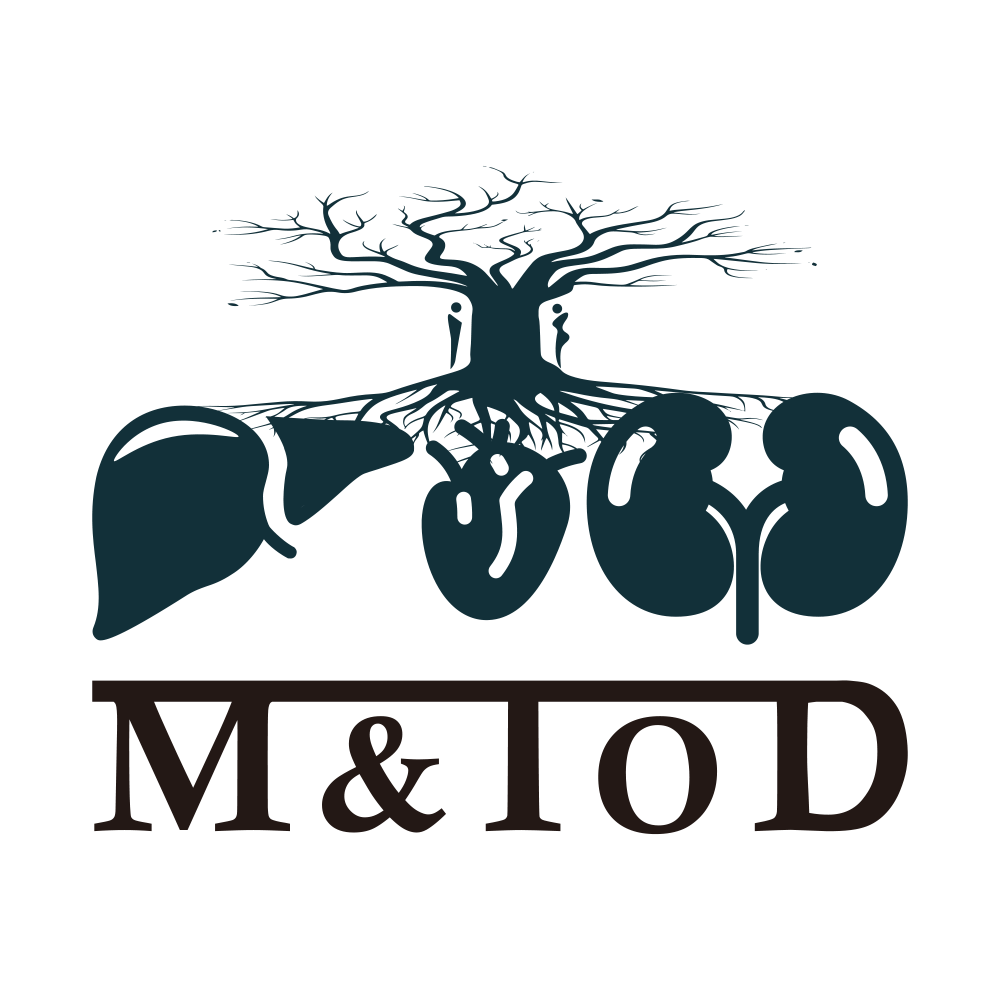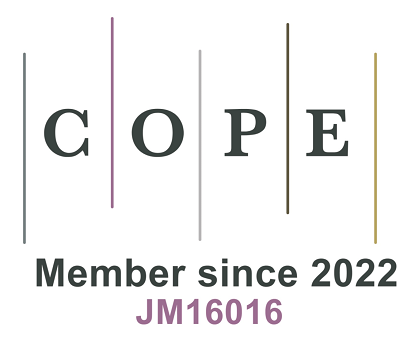REFERENCES
1. Alembagheri A, Hajimehdipoor H, Choopani R, Esmaeili S. The role of selected medicinal plants from Iranian traditional medicine for the treatment of fatigue in metabolic syndrome. Tradit Med Res. 2023;8:23.
2. Kalisz K, Navin PJ, Itani M, Agarwal AK, Venkatesh SK, Rajiah PS. Multimodality imaging in metabolic syndrome: state-of-the-art review. Radiographics. 2024;44:e230083.
3. Davids SF, Matsha TE, Peer N, Erasmus RT, Kengne AP. Changes in obesity phenotype distribution in mixed-ancestry South Africans in cape town between 2008/09 and 2014/16. Front Endocrinol. 2019;10:753.
4. Shen S, Liao Q, Gu L, et al. G protein-coupled receptor-biased signaling: potential drug discovery to facilitate treatment of metabolic diseases. Acta Materia Medica. 2024;3:31-45.
5. Schmid A, Karrasch T, Schäffler A. The emerging role of bile acids in white adipose tissue. Trends Endocrinol Metab. 2023;34:718-34.
6. Gálvez I, Navarro MC, Martín-Cordero L, Otero E, Hinchado MD, Ortega E. The influence of obesity and weight loss on the bioregulation of innate/inflammatory responses: macrophages and immunometabolism. Nutrients. 2022;14:612.
7. Fu M, Bao T, Yu H, et al. Metabolomics investigation on antiobesity effects of Corydalis bungeana on high-fat high-sugar diet-induced obese rats. Chin Herb Med. 2022;14:414-21.
8. Hugelshofer M, Buzzi RM, Schaer CA, et al. Haptoglobin administration into the subarachnoid space prevents hemoglobin-induced cerebral vasospasm. J Clin Invest. 2019;129:5219-35.
9. Walter ERH, Ge Y, Mason JC, Boyle JJ, Long NJ. A coumarin-porphyrin FRET break-apart probe for heme oxygenase-1. J Am Chem Soc. 2021;143:6460-9.
10. Vuerich M, Wang N, Graham JJ, et al. Blockade of PGK1 and ALDOA enhances bilirubin control of Th17 cells in Crohn’s disease. Commun Biol. 2022;5:994.
11. Creeden JF, Gordon DM, Stec DE, Hinds TD Jr. Bilirubin as a metabolic hormone: the physiological relevance of low levels. Am J Physiol Endocrinol Metab. 2021;320:E191-207.
12. Wang S, Lin Y, Zhou Z, et al. Circadian clock gene bmal1 regulates bilirubin detoxification: a potential mechanism of feedback control of hyperbilirubinemia. Theranostics. 2019;9:5122-33.
13. Wang F, Chen S, Ren L, et al. The effect of silibinin on protein expression profile in white adipose tissue of obese mice. Front Pharmacol. 2020;11:55.
14. Chen W, Tumanov S, Fazakerley DJ, et al. Bilirubin deficiency renders mice susceptible to hepatic steatosis in the absence of insulin resistance. Redox Biol. 2021;47:102152.
15. Cheng C, Geng F, Li Z, et al. Ammonia stimulates SCAP/Insig dissociation and SREBP-1 activation to promote lipogenesis and tumour growth. Nat Metab. 2022;4:575-88.
16. Zhang C, Huang Z, Jing H, et al. SAK-HV triggered a short-period lipid-lowering biotherapy based on the energy model of liver proliferation via a novel pathway. Theranostics. 2017;7:1749-69.
17. DeBose-Boyd RA, Ye J. SREBPs in lipid metabolism, insulin signaling, and beyond. Trends Biochem Sci. 2018;43:358-68.
18. Podszun MC, Alawad AS, Lingala S, et al. Vitamin E treatment in NAFLD patients demonstrates that oxidative stress drives steatosis through upregulation of de-novo lipogenesis. Redox Biol. 2020;37:101710.
19. Shimano H, Sato R. SREBP-regulated lipid metabolism: convergent physiology - divergent pathophysiology. Nat Rev Endocrinol. 2017;13:710-30.
20. Liu Y, Qiu N, Shen L, et al. Nanocarrier-mediated immunogenic chemotherapy for triple negative breast cancer. J Control Release. 2020;323:431-41.
21. Talaei S, Mellatyar H, Asadi A, Akbarzadeh A, Sheervalilou R, Zarghami N. Spotlight on 17-AAG as an Hsp90 inhibitor for molecular targeted cancer treatment. Chem Biol Drug Des. 2019;93:760-86.
22. Zheng ZG, Zhang X, Liu XX, et al. Inhibition of HSP90β improves lipid disorders by promoting mature SREBPs degradation via the ubiquitin-proteasome system. Theranostics. 2019;9:5769-83.
23. Kuan YC, Hashidume T, Shibata T, et al. Heat shock protein 90 modulates lipid homeostasis by regulating the stability and function of sterol regulatory element-binding protein (SREBP) and SREBP cleavage-activating protein. J Biol Chem. 2017;292:3016-28.
24. Mirhadi E, Butler AE, Kesharwani P, Sahebkar A. Utilizing stimuli-responsive nanoparticles to deliver and enhance the anti-tumor effects of bilirubin. Biotechnol Adv. 2024;77:108469.
25. Bortolussi G, Shi X, Ten Bloemendaal L, et al. Long-term effects of biliverdin reductase a deficiency in ugt1-/- mice: impact on redox status and metabolism. Antioxidants. 2021;10:2029.
26. Li Y, Huang B, Ye T, Wang Y, Xia D, Qian J. Physiological concentrations of bilirubin control inflammatory response by inhibiting NF-κB and inflammasome activation. Int Immunopharmacol. 2020;84:106520.
27. Bianco A, Dvořák A, Capková N, et al. The extent of intracellular accumulation of bilirubin determines its anti- or pro-oxidant effect. Int J Mol Sci. 2020;21:8101.
28. Vitek L, Hinds TD Jr, Stec DE, Tiribelli C. The physiology of bilirubin: health and disease equilibrium. Trends Mol Med. 2023;29:315-28.
29. Adin CA. Bilirubin as a therapeutic molecule: challenges and opportunities. Antioxidants. 2021;10:1536.
30. Gordon DM, Hong SH, Kipp ZA, Hinds TD Jr. Identification of binding regions of bilirubin in the ligand-binding pocket of the peroxisome proliferator-activated receptor-A (PPARalpha). Molecules. 2021;26:2975.
31. Kim TW, Kim Y, Jung W, et al. Bilirubin nanomedicine ameliorates the progression of experimental autoimmune encephalomyelitis by modulating dendritic cells. J Control Release. 2021;331:74-84.
32. Tomaro ML, Batlle AM. Bilirubin: its role in cytoprotection against oxidative stress. Int J Biochem Cell Biol. 2002;34:216-20.









